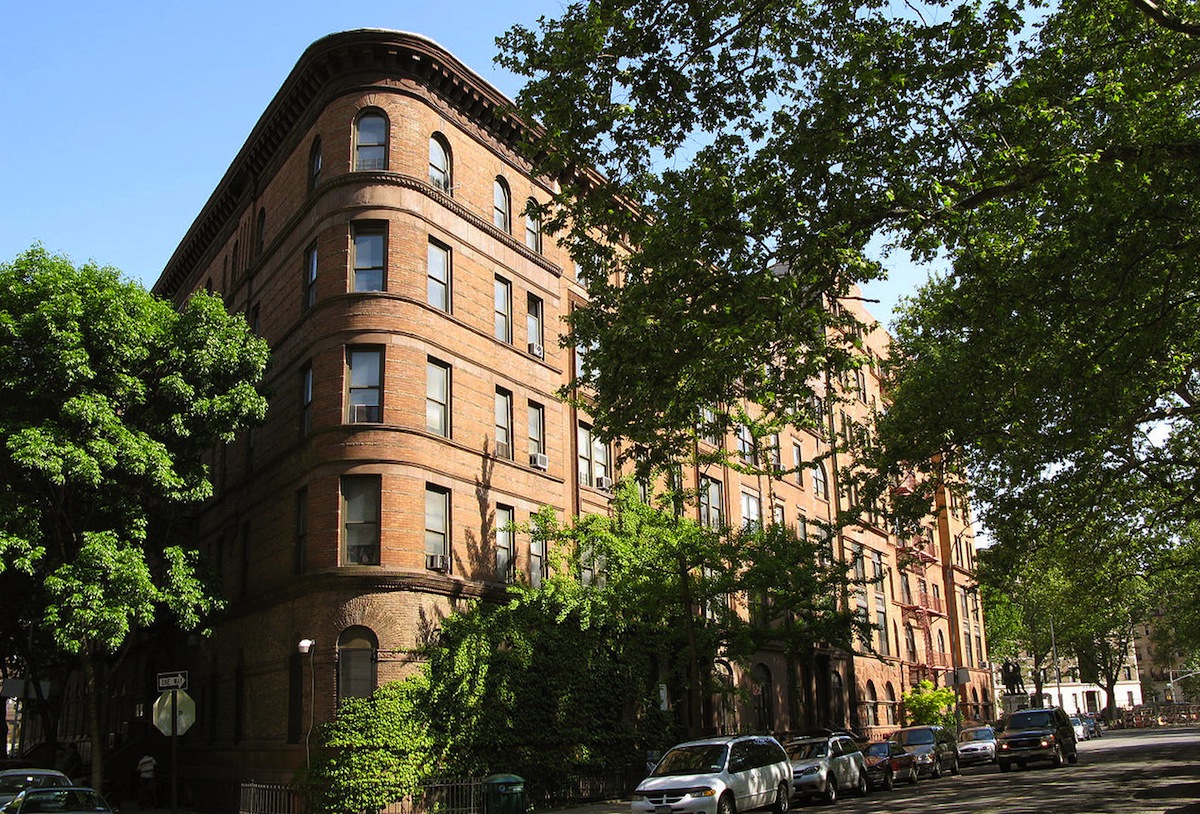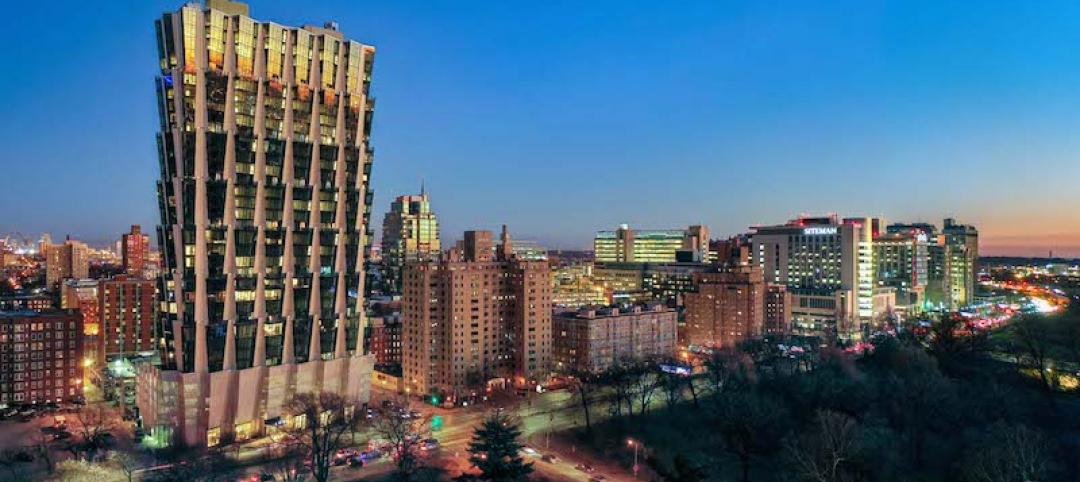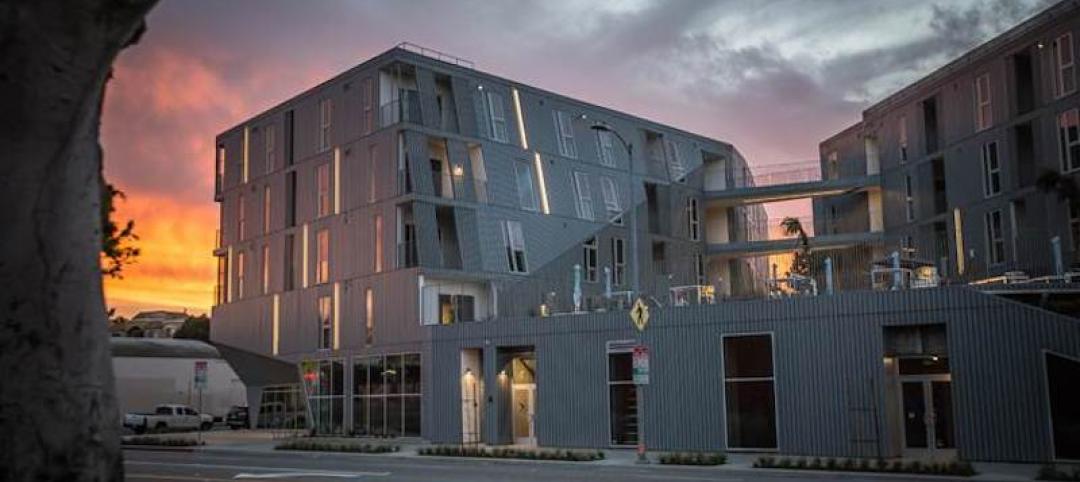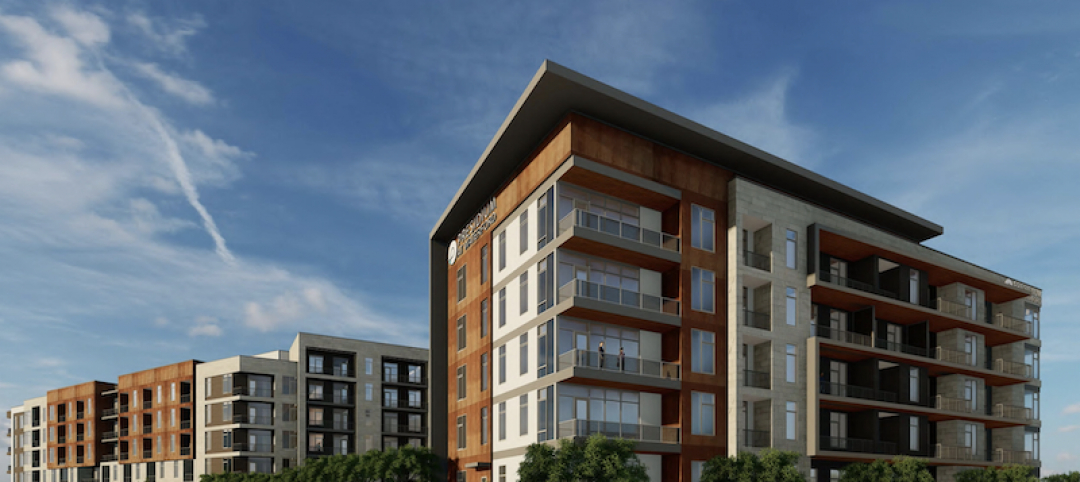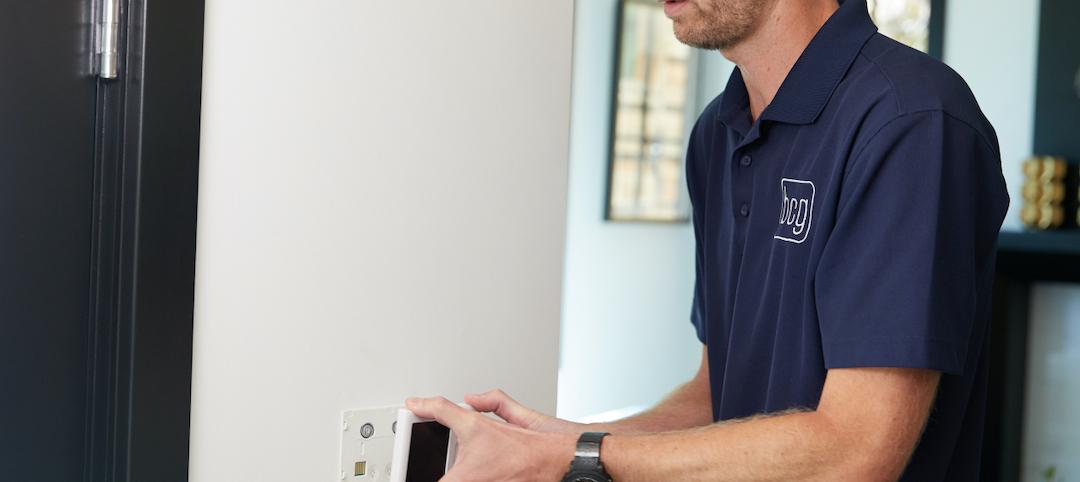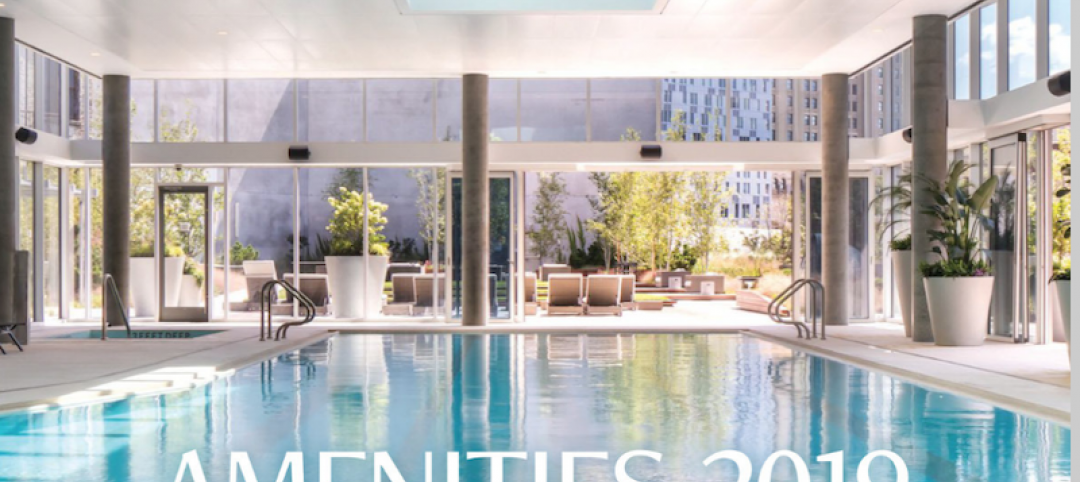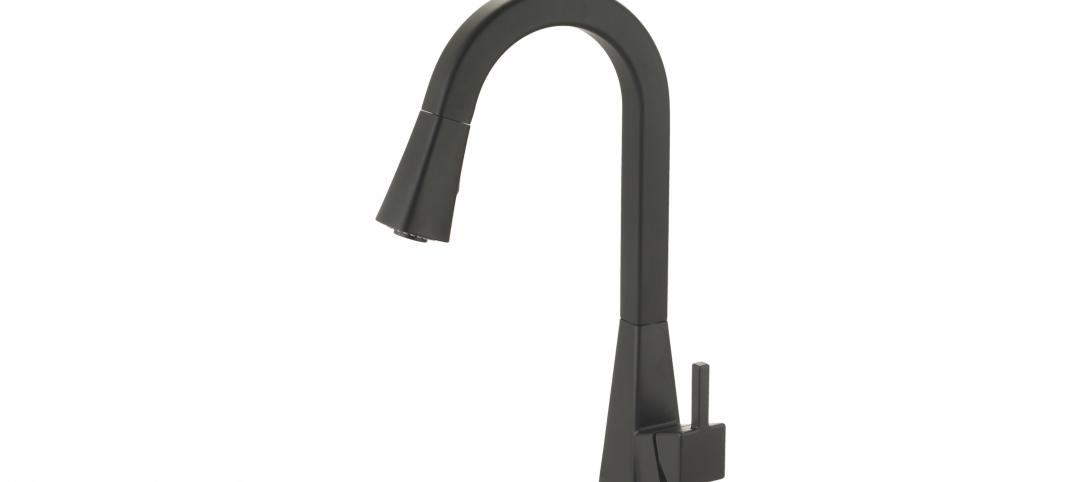Last year was another bumper year for New York City’s real estate market. Multifamily sales hit $12.6 billion, or 39% more that in 2013, according to a year-end report by Ariel Property Advisors, an investment property sales firm.
There were a total of 761 transactions last year, 8% more than in 2013. The borough of Brooklyn accounted for 222 of those transactions valued at $2.35 billion, or 88% higher than the Brooklyn transactions in 2013. In that borough, deals exceeding $20 million accounted for 47% of its transactions. For New York City as a whole, $20 million-plus deals accounted for more than half of all transactions.
Ariel estimates that 1,413 properties were sold last year, 13% more than in 2013. The properties sold had 47,885 total units, or 20% more than the buildings sold in 2013.
In Manhattan, whose real estate prices have been going through the roof in recent years, transactions may have declined by 12% to 139, but dollar volume jumped by 15% to $5.138 billion, with the Upper East Side being the liveliest neighborhood. The Real Deal, a website that reports on New York real estate news and trends, notes that one of the biggest deals last year was the Chetrit Group and Stellar Management’s purchase of two Upper East Side rental buildings at 1660 2nd Avenue and 160 East 88th Street for a combined $485 million.
In a recent interview with the New York Real Estate Journal, Ariel’s founder and president, Shimon Shkury, notes that the average price per square foot in Manhattan rose by 25% to $866, “as investors were willing to pay ever-higher premiums to own core Manhattan.”
For 2015, Shkury remains bullish about New York’s real estate prospects, with some caveats. “We’ve identified a few headwinds, including rising construction costs, the unknowns of the mayor’s housing policy, the sustainability of the luxury market, rents leveling off, interest rates, global uncertainty, and the strengthening dollar.” On the positive side, Shkury believes multifamily sales in New York will benefit from lower oil prices, increased job creation, improved consumer spending, and tight inventory.
Related Stories
Multifamily Housing | Mar 23, 2021
One Hundred Above the Park completes in St. Louis
Studio Gang designed the building.
Multifamily Housing | Mar 22, 2021
Waldorf Astoria Miami will become the tallest tower south of Manhattan
The supertall tower will include a hotel and residences.
Multifamily Housing | Mar 18, 2021
Mixed-use residence for UCLA medical students completes
Lorcan O’Herlihy Architects designed the project.
Multifamily Housing | Mar 15, 2021
First phase of Presidium Waterford breaks ground in Austin, Texas
O’Brien Architects and Dwell Design Studio are designing the project.
Luxury Residential | Mar 10, 2021
Luxury multifamily development opens at the front door of Charlotte’s South End neighborhood
Broadstone Queen City recently opened its doors to its first residents.
Multifamily Housing | Mar 10, 2021
9 smart connectivity systems for multifamily housing communities
Smart connectivity systems are starting to become a must-have amenity in multifamily properties—and not just for upscale urban rentals.
Multifamily Housing | Mar 9, 2021
Investor demand for multifamily real estate remains relatively strong despite COVID-19
Despite a disruptive pandemic, investor demand for multifamily real estate was strong in 2020, according to a newly released Yardi Matrix Bulletin. Around 252,000 apartment units were absorbed last year. That’s about 1.7% of total market stock and down 12% from the 286,300 apartments purchased in 2019.
Multifamily Housing | Mar 7, 2021
Deadline extended for Cover Photo of the next issue of MULTIFAMILY Design+Construction
Request from Editori of Multifamily Design+Construction for photos showing project amenities, for next issue of the magazine.
Multifamily Housing | Mar 7, 2021
New Olympia i3 kitchen faucet: geometric lines, minimalist style
Announcing the new Olympia i3 single handle pull-down kitchen faucet for today's modern kitchen.
Market Data | Feb 24, 2021
2021 won’t be a growth year for construction spending, says latest JLL forecast
Predicts second-half improvement toward normalization next year.


